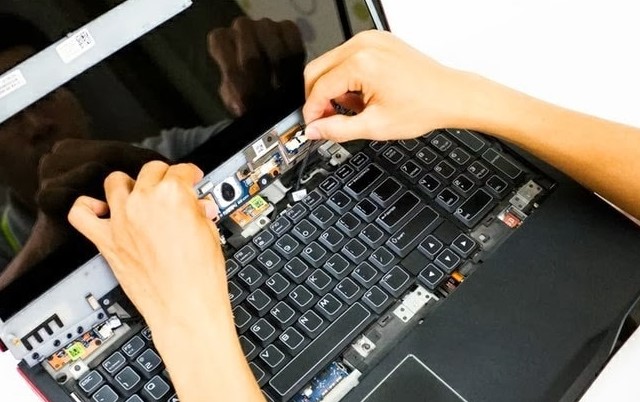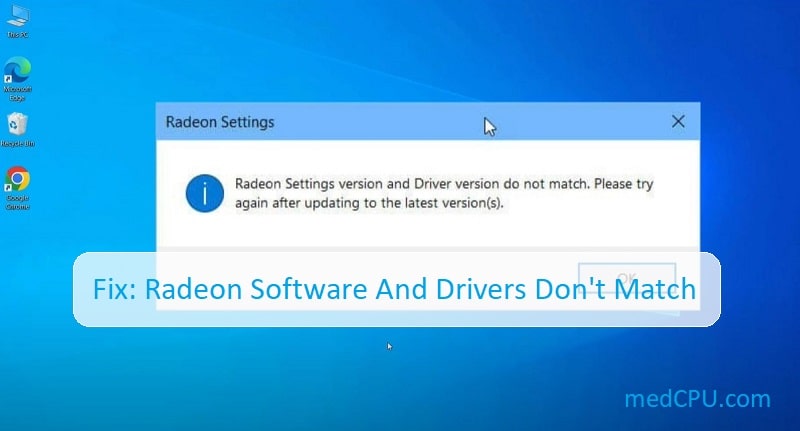A keyboard is an essential peripheral for any computer, and it can be very frustrating when it suddenly stops working. If you’re having trouble with your keyboard, there are a few things you can try to troubleshoot the problem. In today’s article medCPUs will help you find a way to solve the problem: How To Fix a Keyboard That Won’t Type?
1. Basic Checks
Check Physical Connection
- Wired Keyboard: Ensure the keyboard is properly connected to the computer. Try unplugging and replugging it into a different USB port.
- Wireless Keyboard: Check the batteries and ensure the keyboard is within range of the receiver. Reconnect the wireless receiver if necessary.
Restart Your Computer
Sometimes a simple restart can resolve the issue as it resets the hardware and software connections.
Clean the Keyboard
Dust and debris can interfere with keyboard functionality. Turn the keyboard upside down and gently shake it to dislodge any particles. Use compressed air to blow out any remaining dust.

2. Software and Driver Issues
Update or Reinstall Keyboard Drivers
Windows:
- Press
Win + Xand select Device Manager. - Find and expand the Keyboards section.
- Right-click on your keyboard and select Update driver.
- Follow the prompts to update the driver.
- If updating doesn’t work, right-click and select Uninstall device, then restart your computer. Windows will reinstall the driver automatically.
Mac:
- Click on the Apple menu and select System Preferences.
- Go to Keyboard and check for any updates or settings that may need adjustment.
Check Keyboard Settings
Windows:
- Go to Settings > Ease of Access > Keyboard.
- Ensure that options like “Filter Keys” or “Sticky Keys” are turned off.
Mac:
- Go to System Preferences > Keyboard.
- Check and adjust the settings as necessary.
3. Hardware Issues
Test the Keyboard on Another Computer
- Plug the keyboard into another computer to determine if the issue is with the keyboard itself or your original computer.
Try a Different Keyboard
- Connect a different keyboard to your computer to see if the problem persists. This helps identify if the issue is with the keyboard or the computer.

4. Operating System-Specific Solutions
Windows-Specific Solutions
Run the Keyboard Troubleshooter:
- Go to Settings > Update & Security > Troubleshoot.
- Select Keyboard and run the troubleshooter.
Check for Windows Updates:
- Go to Settings > Update & Security > Windows Update.
- Check for and install any pending updates.
Mac-Specific Solutions
Reset the PRAM/NVRAM:
- Shut down your Mac.
- Turn it on and immediately press and hold
Option + Command + P + Rfor about 20 seconds. - Release the keys and let your Mac restart.
Reset the SMC (System Management Controller):
- Shut down your Mac.
- For desktops: Unplug the power cord, wait 15 seconds, and plug it back in.
- For laptops: With the power adapter connected, press
Shift + Control + Optionon the left side and the power button at the same time for 10 seconds, then release all keys and turn on your Mac.
>>> Read also: HK Gaming GK61 Keyboard Review – What Makes it Popular?
5. Advanced Troubleshooting
Check for Malware
Run a malware scan using reliable antivirus software, as malware can sometimes interfere with keyboard functionality.
Check System Logs
Windows:
- Open Event Viewer by pressing
Win + Xand selecting Event Viewer. - Look for any error messages related to the keyboard in the System or Application logs.
Mac:
- Open Console from the Utilities folder.
- Check the logs for any errors related to the keyboard.
Conclusion
By following these steps, you should be able to identify and resolve the issue causing your keyboard not to type. If the problem persists after trying all these solutions, it may be time to consult a professional or consider replacing the keyboard.
>>> Read more: How To Build A Laptop? Top Full Guide 2024

Eyal Ephrat serves as the co-founder and CEO of medCPU.com, where technology is making significant strides in the field of medicine. Through his experience in purchasing PC and laptop equipment and various other tech products, Eyal Ephrat contributes valuable insights to medCPU’s mission.





